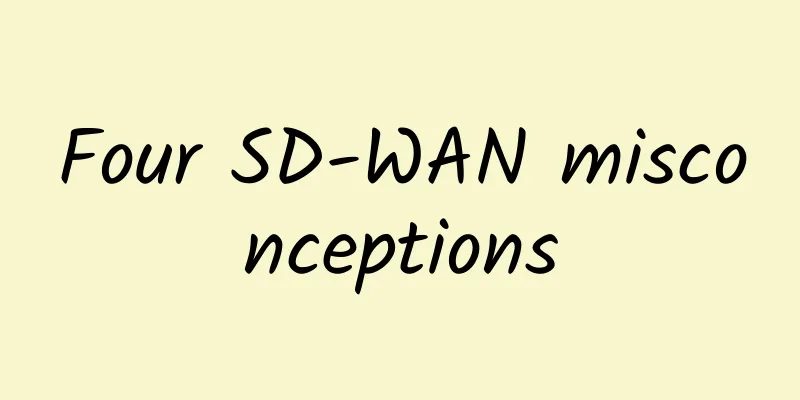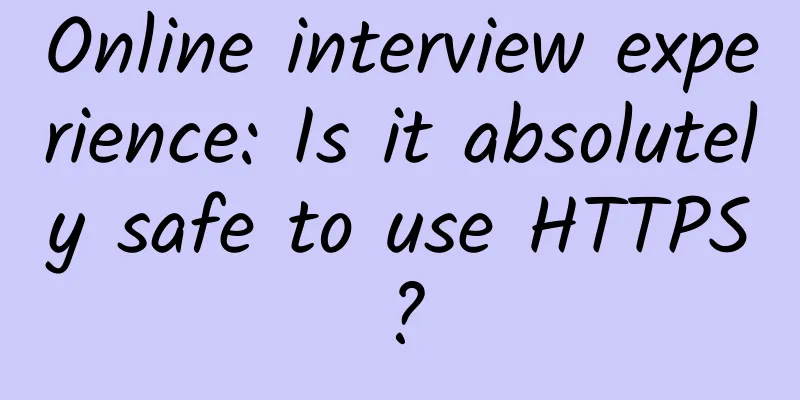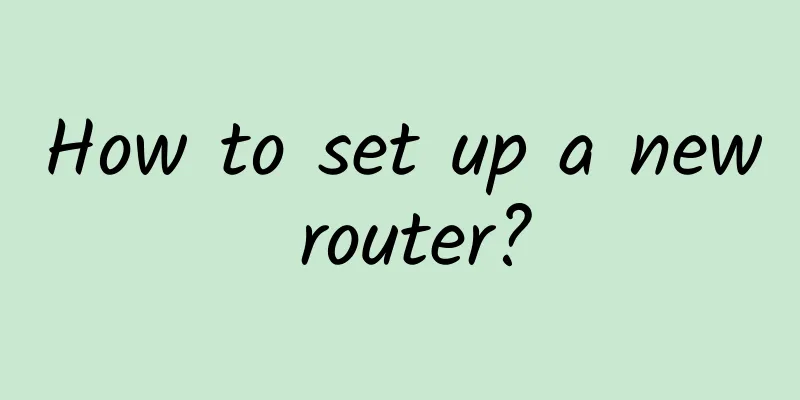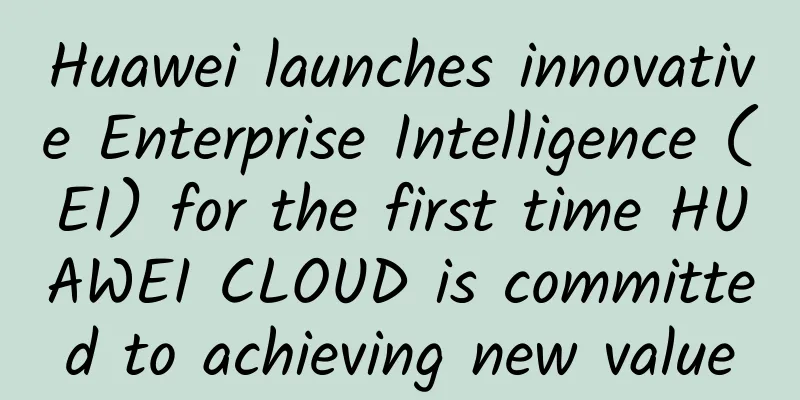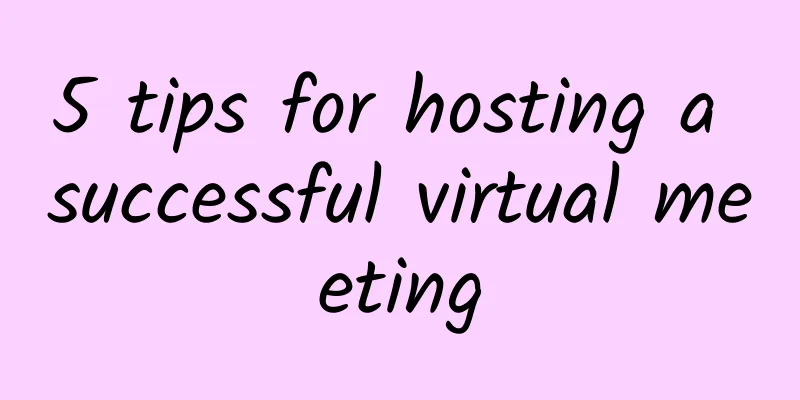Why does TCP use three-way handshake? Can't two or four-way handshakes work?
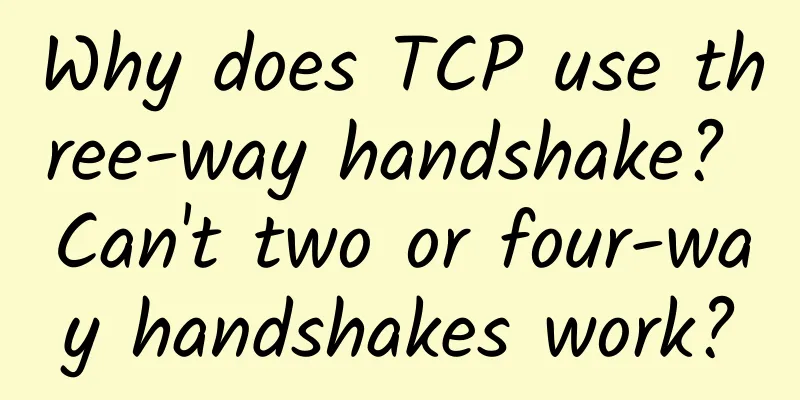
|
The TCP protocol needs three handshakes to establish a connection, while the SCTP protocol needs four handshakes to establish a connection. We can't help but ask, why doesn't TCP use two or four handshakes to establish a connection? TCP is a reliable transmission control protocol. It must do two things: one is to ensure reliable data transmission, and the other is to improve transmission efficiency as much as possible. The three-way handshake is designed to achieve these two things.
Achieving reliabilityAssume that A and B want to establish a TCP connection. First, the operating system randomly selects a 32-bit sequence number. Assume that A's initial sequence number is 1000. Then the data to be sent is numbered, 1001, 1002, 1003... A will tell B the initial sequence number ISN to let B know what kind of numbered data is legal and what kind of numbered data is illegal. For example, if data with a number of 999 is received, it is illegal. B will also confirm each numbered data of A. If the received number is 2001, 1001-2000 means that 1000 bytes have arrived safely. Similarly, B will also perform similar operations. If B's initial serial number ISN is 2000, B will also start numbering 2001, 2002, 2003... B then tells A the initial sequence number ISN, and A can also confirm how many bytes B has sent and whether the data is legal. Through the above steps, it is not difficult to find that the essence of the TCP protocol handshake is the sequence number of the data origin of the communicating parties, so as to achieve reliability. Transmission efficiencyWhy is a three-way handshake necessary to achieve reliable data transmission? Is a two-way handshake OK? Two-way handshake:
The two-way handshake will cause a problem. B has no way of knowing whether A has received its own synchronization signal. Once this synchronization signal is lost, A and B will not be able to reach an agreement on B's initial sequence number. Obviously, a two-way handshake is undesirable. So what about the four-way handshake?
Obviously, four steps are not necessary, and steps 2 and 3 can be combined to improve the speed and efficiency of the connection. The TCP protocol needs to take reliability and transmission efficiency into consideration. Knowing this, we also understand why there can only be three handshakes, not two or four. |
>>: Inventory: Excellent NaaS providers in 2021
Recommend
spinservers: $89/month - Dual E5-2630, 128G memory, 4*2TB hard drives, 10Gbps bandwidth, San Jose & Dallas data centers
spinservers has released this month's promoti...
The Role of WiFi in the Internet of Things
The trend toward supporting multiple connections ...
Beware of online scams and cyber attacks during the World Cup! F5 ensures application security, allowing fans to watch the game with peace of mind
It is well known that the holiday shopping period...
How to move your contact center to the cloud to prepare for the pandemic
The coronavirus outbreak has had an unprecedented...
Selection of the most influential events in the communications industry in 2020
Looking back at the year 2020, there are many eve...
5G, 6G and immersive technologies: Unlocking a better future through hyperautomation
As the world becomes increasingly connected and t...
LOCVPS New Year Promotion: Netherlands VPS 40% off, starting from 22 yuan, Singapore VPS/Russia VPS/Hong Kong VPS 30% off
LOCVPS (Global Cloud) is a long-established Chine...
HostKvm 20% off, Singapore VPS monthly payment starts from $5.6, 2G memory/40G hard disk/50M bandwidth
HostKvm has launched a regular promotion this mon...
CERNET and Shengbang Security have reached a strategic cooperation, allowing colleges and universities to experience more efficient and convenient Web security governance SaaS services
[51CTO.com original article] On October 24, CERNE...
Ethernet Packet Architecture
[[352785]] 01Overview The term Ethernet generally...
Four major issues and three major directions: these are what you should know about 5G pre-commercial use!
At the MWC that just ended last week, 5G can be s...
RAKsmart server flash sale starts from $30/month, 1-10Gbps unlimited traffic server starts from $149/month, VPS 50% off
This month, RAKsmart continues the previous activ...
Two threads, two mutexes, how can a dead loop be formed?
[[351971]] Fans’ questions must be arranged. How ...
What are the remaining obstacles to China's 5G?
With the news that Nokia and Ericsson won the bid...
RackNerd limited time promotion for 72 hours, annual payment starts from $14.89 in Los Angeles data center
Today, RackNerd offers three hot-selling packages...
![[11.11] Justhost offers a 30% discount for a limited time, with 22 data centers available in Russia, the United States, Singapore, etc.](/upload/images/67cabd1277b6f.webp)

